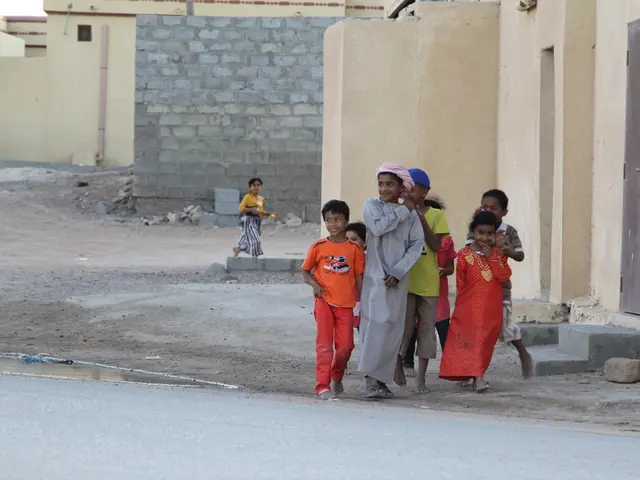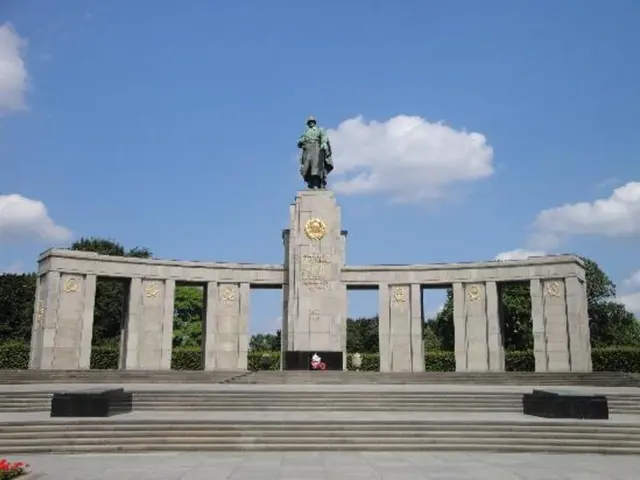Indigenous Nations Reclaim Sacred Sites Worldwide
Indigenous nations worldwide are reclaiming sacred sites, with notable successes in Canada, the US, and Australia. This process, known as restitution, not only returns physical sites but also acknowledges Indigenous rights and heals historical injustices.
In Canada, the Anishinaabe have regained control over areas around Manitoulin Island. In the US, the Navajo Nation has reclaimed parts of Bears Ears National Monument. In Australia, the Anangu have regained control over Uluru. This trend reflects an increasing recognition of the importance of sacred sites and Indigenous sovereignty.
Restitution involves Indigenous communities actively engaging in advocacy and legal processes. Legal frameworks guiding this process include the United Nations Declaration on the Rights of Indigenous Peoples (UNDRIP), national legislation, and case law. However, these frameworks may not always adequately address Indigenous rights or the spiritual significance of specific sites, making community involvement crucial.
Restitution of sacred sites is a vital step towards healing historical injustices and reinforcing Indigenous identity. It involves returning culturally and spiritually significant lands to Indigenous communities, acknowledging their rights, and preserving these sites for future generations. Despite challenges, successful restitution cases demonstrate the power of Indigenous advocacy and the importance of recognizing and respecting their cultural heritage.








